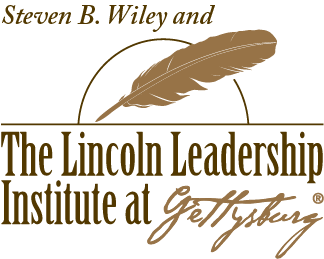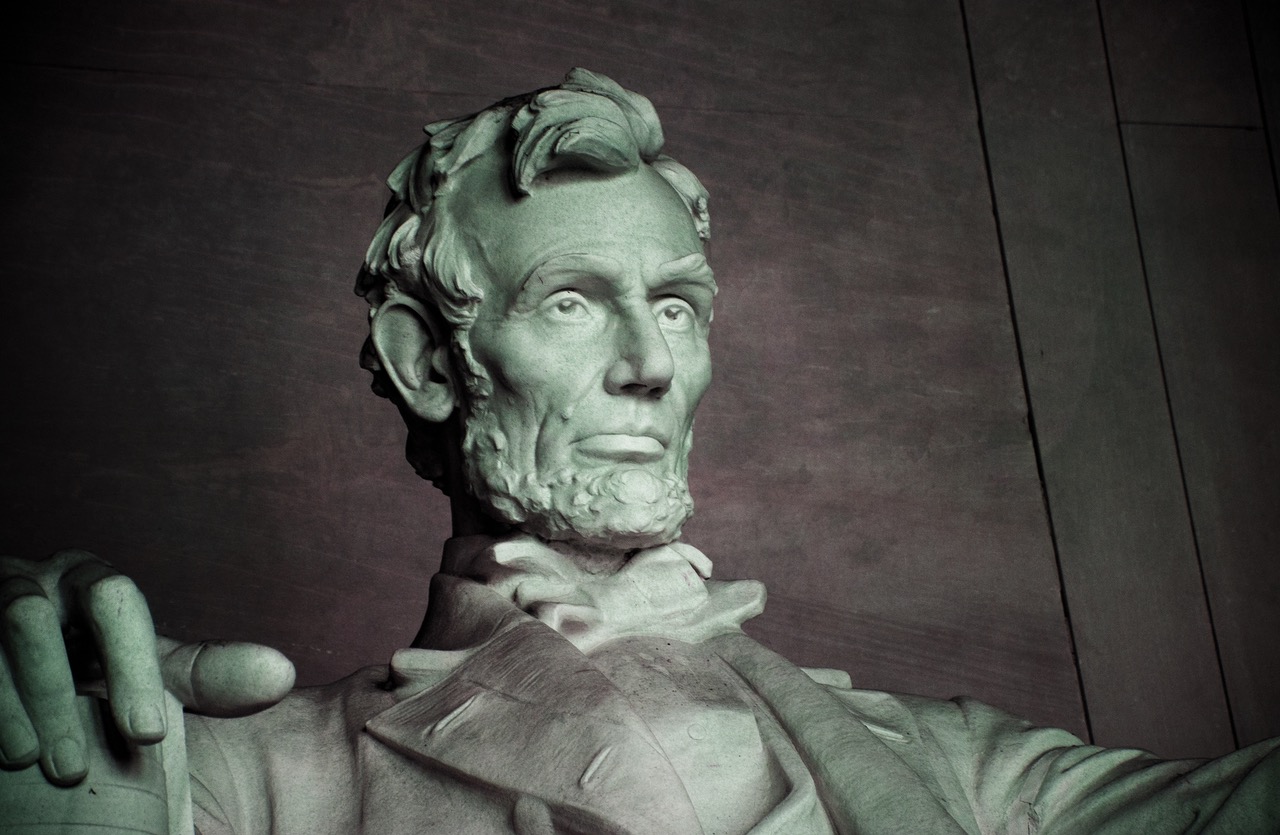The following was published by Steve Wiley and Jared Peatman in the Fall 2012 edition of Leadership Excellence. It is reprinted here for your convenience.
Experiential education has been a part of American training and development since the 1610s. Fully three-quarters of the settlers who came to Virginia in the 17th century were indentured servants who had agreed to labor under a master craftsman for a few years in exchange for hands-on experience and training. While this type of training was theoretically sound, the reality was a bit different: the master craftsmen could beat their indentured servants, and a full 75 percent of these apprentices would die within the first year of disease, not ever completing their full developmental program. Thankfully most training and development programs have improved over the past four hundred years!
Today’s experiential education is a vast evolution from the indentured servitude/apprentice system of half a millennium ago, but is based on the same core concept: people learn best when all their senses and learning styles are engaged in an experience they will never forget. People learn best when they learn emotionally, and the way to learn emotionally is through a vivid, living, personal experience that will stay with the individual forever.
A new report from Bersin & Associates, a leading human resource research and advisory services firm, finds that the most sophisticated companies follow a 70-20-10 formula, whereby seventy percent of learning is experiential, twenty percent is through coaching, feedback, networking, and other similar activities, and the remaining ten percent is through a more traditional classroom-type environment. The most effective experiential leadership development programs vary from the 1600s servitude and present-day “on the job training” in one important way: through the application of a concept social psychologists call parallel learning or lateral thinking.
When people are offered opportunities to closely examine their individual leadership and organizational issues oftentimes the resulting anxieties, insecurities, and fear of “talking out of school” doom the training. By contrast, leadership programs that use metaphors are able to get participants thinking critically about leadership issues, create “ah-ha” moments, and then encourage leaders to think about implications for their daily jobs.
Metaphors and experiential leadership programs work hand-in-hand at places like the Gettysburg Battlefield where groups can discuss communications tools that might have allowed Confederate General James Longstreet to convince Robert E. Lee that sending 15,000 men across an open field (Pickett’s Charge) was not a great idea. By then walking the ground participants start to understand emotionally, and then intellectually, the importance of those communications tools, thereby internalizing them forever. Studies tell us that by the time a person leaves a training they have forgotten 50 percent of what they have heard and will forget another 25 percent before the next morning. A week later they will only remember a 10th of the concepts presented. But 10 years from now people will remember the experience of walking Pickett’s Charge, and thus will remember the leadership lessons that brought them to the field that day. The typical corporate or government leader will attend hundreds of trainings throughout their career: the ones they will never forget have an experiential component.
The psychology behind experiential leadership development programs dates back to the early 1980s and Howard Gardner’s theory of multiple intelligences. Essentially, Gardner argued that people can have differing levels of ability in eight cognitive areas: logical-mathematical, spatial, linguistic, bodily-kinesthetic, musical, interpersonal, intrapersonal, naturalistic, and existential. For a generation, colleges training future American teachers have emphasized the need for educators to develop lessons that reach students who may have real abilities in some areas and severe limitations in others. We probably all remember some poor teachers who taught only to one style, not ours, and thereby turned many students off forever to a particular subject. We probably also remember another teacher who used a tremendous variety of instruction methods and kept us engaged. The traditional leadership development instruction methods mirror this first style of teacher who did not recognize the different learning styles in each individual. By combining classroom metaphors with experiential learning today’s organizations can create leadership development opportunities to impact people who have diverse cognitive abilities and predilections.
Experiential leadership development programs can be more expensive than traditional trainings, but the increased cost of experiential leadership development programs should turn customers on, not off. In their survey of 400 of the nation’s best organizations, Bersin & Associates found that those who excel at leadership development spend 60 percent more per person, on average, than pedestrian companies, but those investments are seven times more likely to deliver stronger business and talents results than their competitors. Furthermore, those companies have an employee retention rate 20 times higher! When we consider that the total cost of replacing an employee is approximately 150 percent of that person’s annual salary, this is quite a return on investment. In today’s workforce, a reputation as an organization that provides exciting and transformational leadership experiences can be a major recruiting tool, particularly for the newest generation in the workforce which is more accustomed to this style of learning.
The Bersin & Associates study also found that organizations are targeting “high potential” employees and investing much more heavily in them than any other section; 19% of training dollars, or over $7,000 a person, is being spent on this demographic, as compared to $6,000 on “senior leaders” and $2,700 on “midlevel leaders.” This approach seems justified on the surface, but as Morgan McCall argued nearly 15 years ago in High Flyers: Developing the Next Generation of Leaders, trying to predict, years in the future, which young employees have “potential” is just as likely to meet with success as the poker player who consistently bets against the house. It is the organizations that commit to leadership development for all their employees who consistently find the diamonds in the rough, not those who try to game the system.
In short, experiential education programs can create a vivid, living, personal experience that will stay with employees for their entire career and constantly remind them of key leadership lessons. Whether that experience is walking the hallowed ground at Gettysburg, jumping in a race car to see what it feels like to trust a colleague with your life, or flying over the bay at Pearl Harbor, experiential leadership development programs are both more exciting and more effective than traditional classroom-based seminars. Consider offering these experiences to all your employees: the only thing better than profoundly impacting the senior leader who will be with your organization for another 10 years is changing the life and leadership capabilities of a young, first-line supervisor who might be a part of your organization’s culture for three times that long. If the cost of intensive experiential leadership development programs seems daunting, know that for a 60 percent increase in investment your return is up to seven times higher, and retention up to 20 times higher. Experiential education is now, and it is the future.




Recent Comments